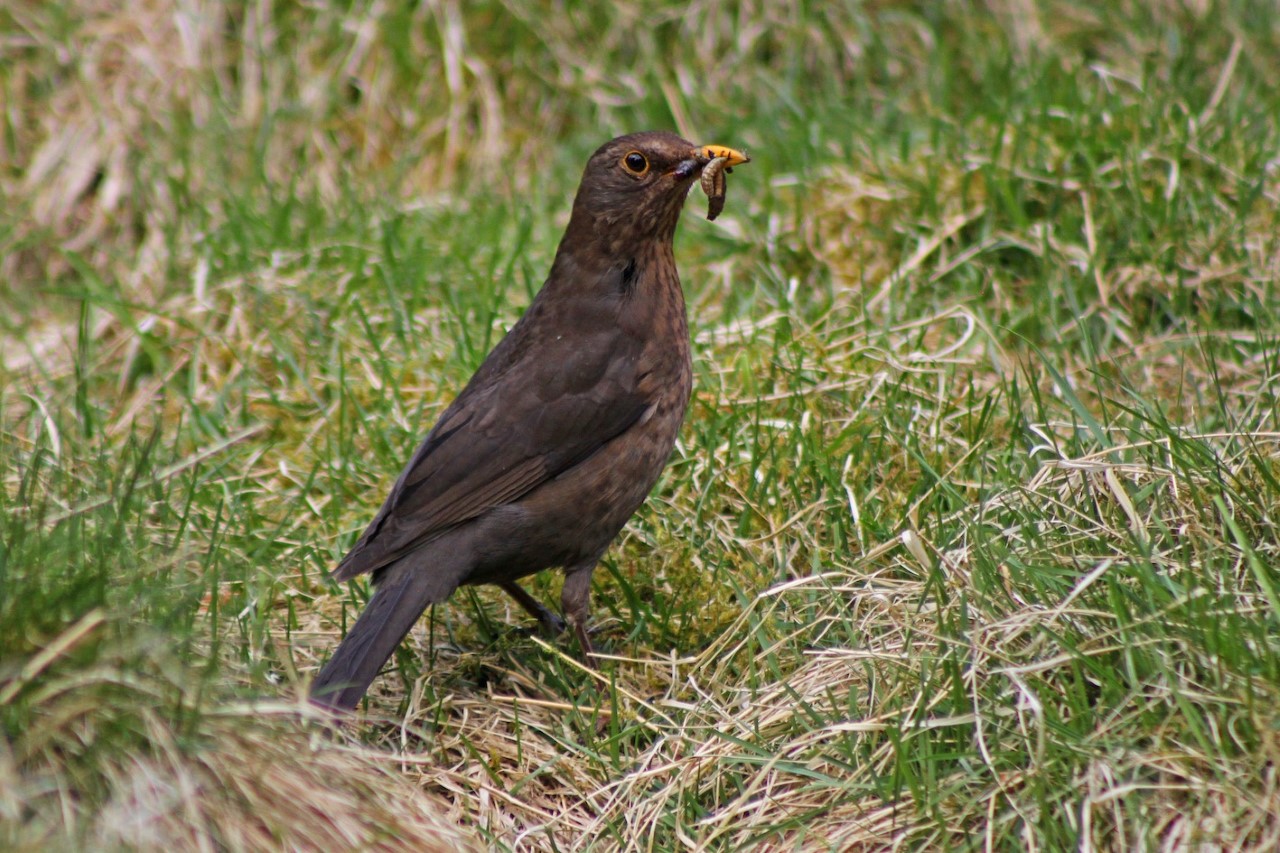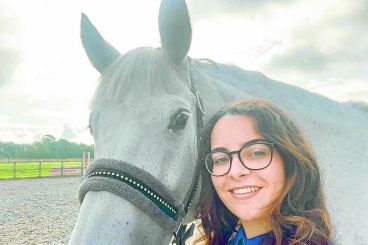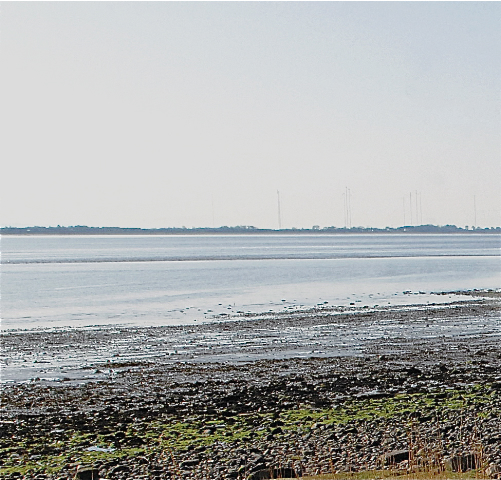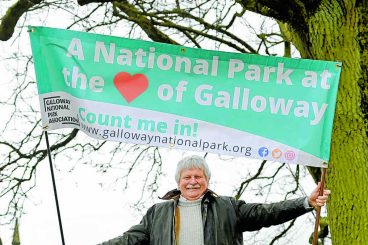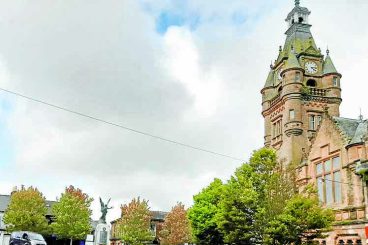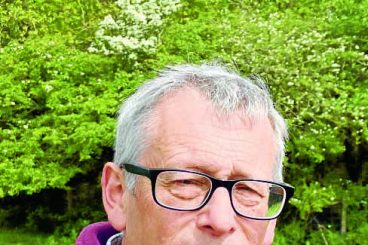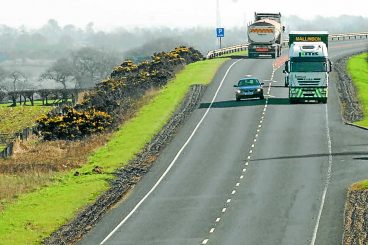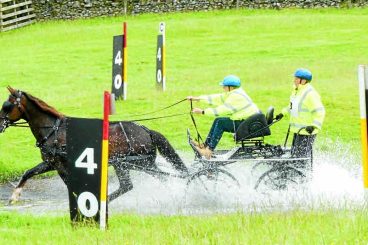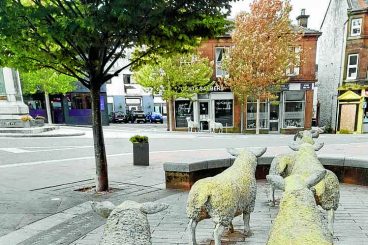It will run from February 4-20 and gives a vital national snapshot of the health of the UK’s birdlife.
“Farmers and gamekeepers are vital in helping to ensure the survival of many of our cherished farmland bird species such as skylark, yellowhammer, corn bunting and wild grey partridges,” said Dr Dave Parish from GWCT.
“Our farmers and land managers are responsible for managing the largest songbird habitat in this country on their land, so they are in a position to make a real difference.”
The area covered by the 2021 count was a massive 2.5 million acres of Scotland, England, Wales and Northern Ireland, up from 1.4 million acres the year before.
Dr Parish added: “Now we are challenging the UK’s land managers to beat their own record and make 2022’s count bigger than ever.”
He also gave advice on supporting birds and wildlife during winter: “One of the best ways to support wild and game birds is to provide extra winter seed food. Supplementary feeding is particularly beneficial for birds of conservation concern like grey partridge, corn bunting and yellowhammer.”
The use of ‘conservation headlands’ – wide field margins where little or no pesticides are used – is also very good for farmland birds. Allowing broad-leaved weeds to flourish boosts insect populations which are a key food-source for birds. Planting and managing hedgerows also provides crucial food, as well as nesting habitat and a safe haven from predators.
GWCT advisors also encourage land managers to maintain small wet areas around the farm, such as ditches, scrapes and even old horse ponds. These can help to attract wading birds and provide nesting and foraging sites for a range of birds, including threatened species like snipe and lapwing.
By leaving an area of uncropped, cultivated land farmers can provide suitable nesting and foraging areas for wild birds which prefer to forage on open ground.
To take part in the count, go to bfbc.org.uk and spend just 30 minutes between 4 and 20 February counting birds on one spot on farm.





